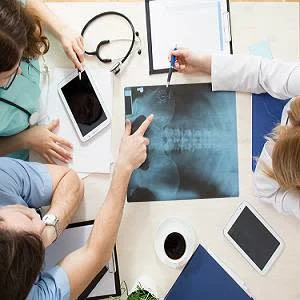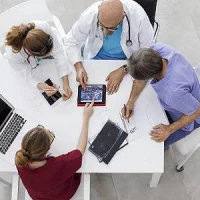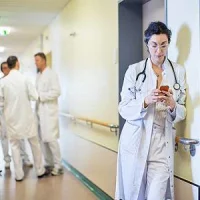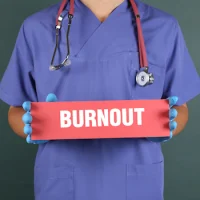In the newest revision of the Accreditation Council for Graduate Medical Education (ACGME) Common Programme Requirements, substantial changes were made to section VI now entitled “The Learning and Working Environment.” The revised section VI shifts away from a primary focus on duty hours towards an emphasis on culture of safety, professionalism, and well-being as key aspects to creating an optimal learning and working environment.
With these new requirements, the Radiology Department at Medical University of South Carolina has implemented innovative and novel strategies to not only satisfy the requirements but also to engage its trainees throughout the process of curriculum modification.
"Our experience in addressing the revised requirements can serve as a model for other residency programmes," write Seth Stalcup, MD, and co-authors in an article published in the journal Academic Radiology.
The Radiology Department recruited help from members of the institution's Clinical Competency Committee (CCC) to assist in creating and implementing new additions to its curriculum. The department created a QI and Patient Safety Resident Committee comprised of faculty and residents who advocate and ensure the requirements of section VI.A are met. The goal of the Committee is to create and oversee a programme to educate residents on QI, teach the importance of system process improvement, the culture of safety, and the healthcare team.
Key curriculum modifications implemented include:
- A combination of radiology and nonradiology faculty present a series of didactic lectures to residents to educate them on patient safety events and incident reporting, patient centred care, adverse events reporting, root cause analysis, and patient safety activities including analysis and implementation of action plans.
- The culture of safety (section VI.A.1.a) in the department is instilled into the faculty and residents through the institution's culture of safety initiatives. For instance, documentation of patient safety events is made through the institution's electronic Patient Safety Incident (PSI) Reporting system – i.e., radiology residents can report near misses and other PSIs; alternatively, others both within and outside the radiology department can submit a PSI involving a radiology resident. Residents also attend a bi-monthly patient safety conference led by the Department Chair and resident representatives. The aim of the conference is to improve resident interpretative quality and discuss misses or near misses on call.
- To engage trainees in QI activities (section VI.A.1.b) each resident is to complete at least one QI project supervised by a faculty or several faculty mentors during their residency. This can be an individual or group project with maximum of four residents per group. Project completion is achieved by oral presentation of the results, either at an internal grand round or at regional or national meetings.
- Incoming residents complete the RSNA Professionalism Online Courses (http://www.rsna.org/ethics-and-professionalism/) during their first month of residency. The department's professionalism course is focused on problem-based learning. Residents are divided into small groups of varying residency classes with a faculty facilitator. The groups remain constant over the course to create continuity and a safe, comfortable environment for discussion. The groups are provided case vignettes designed to stimulate discussion, self-reflection, and development of coping strategies.
- To address resident well-being, a "wellness committee" was created comprising of the chief residents and resident representatives from each class. The committee provides a monthly curriculum with three main components: a fitness challenge with a small prize for the winners, a mindfulness or other well-being initiative, and a social event. The department has qualitatively noticed increased camaraderie among and between classes during the fitness challenges. Multiple trainees and faculty have self-reported positive changes, including weight-loss, rekindling of interests outside medicine, and bonding with co-workers.
"Engaging residents in the process of creating policies, curricula, and other methods to address the revised requirements, affords them the opportunity to structure change, improve their education, and provide quality patient-centred care," the authors note.
Source: Academic Radiology
References:
Stalcup S, Leddy R, Hill J, Lewis M (2018) Optimizing the Learning and Working Environment for Radiology Residents. Acad Radiol. Article in Press, Available online 27 October 2018. https://doi.org/10.1016/j.acra.2018.10.002
Latest Articles
Radiologists, patient-centred care, radiology residents
In the newest revision of the Accreditation Council for Graduate Medical Education (ACGME) Common Programme Requirements, substantial changes were made to section VI now entitled “The Learning and Working Environment.” The revised section VI shifts away










